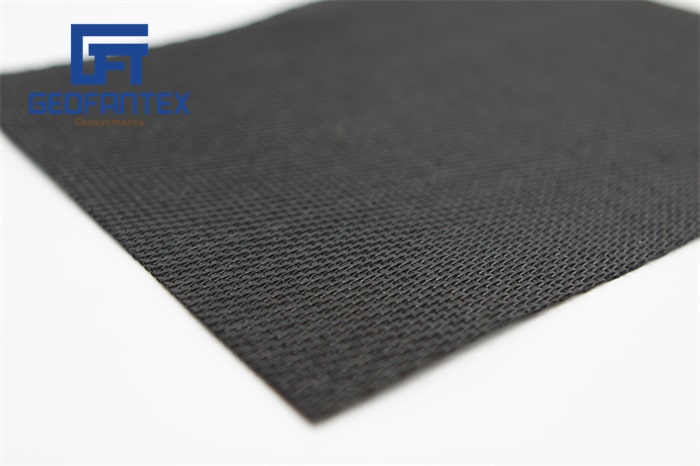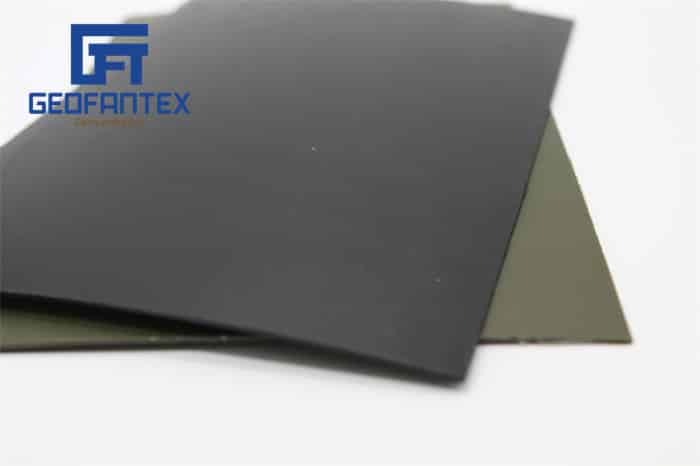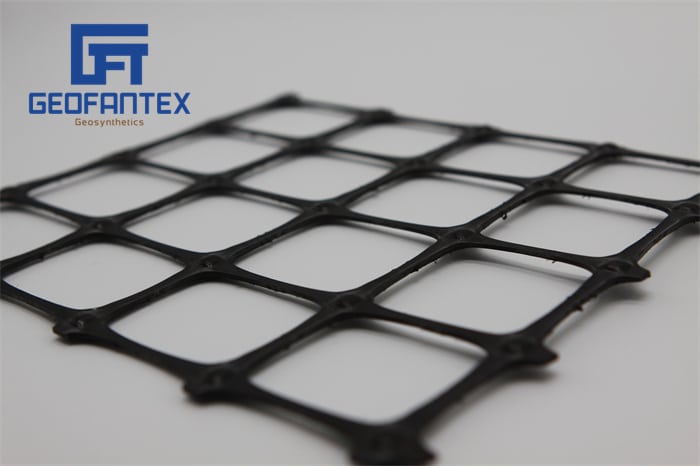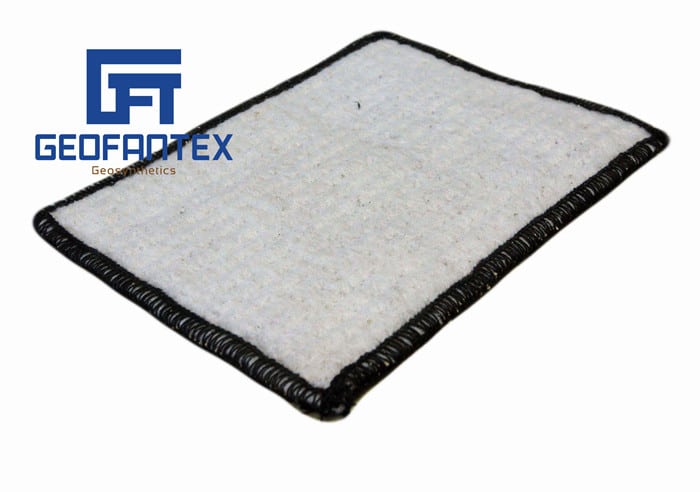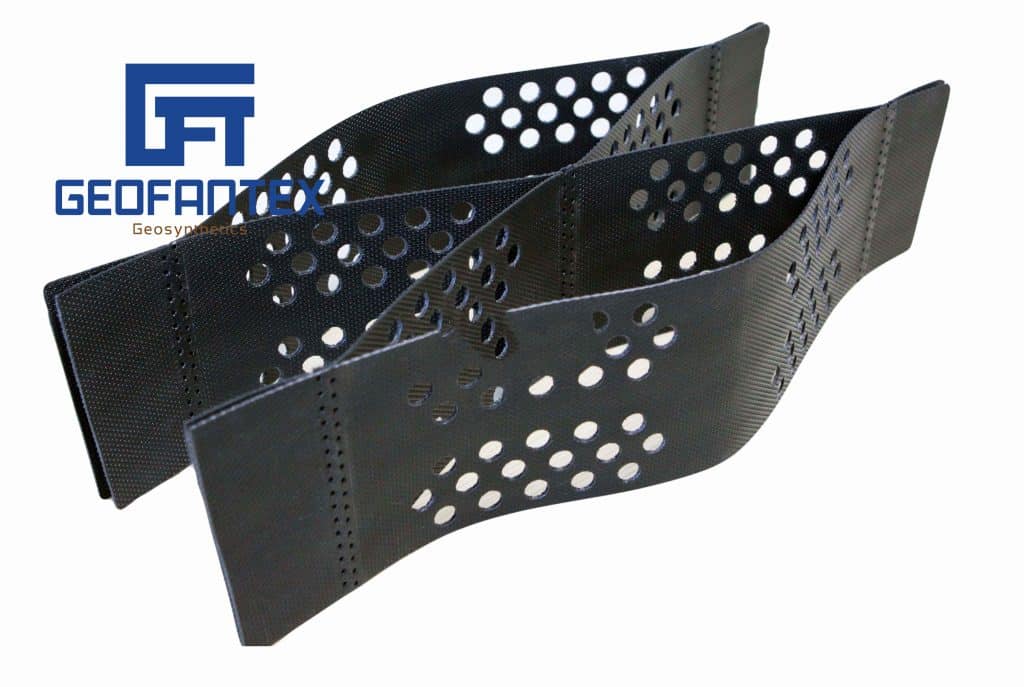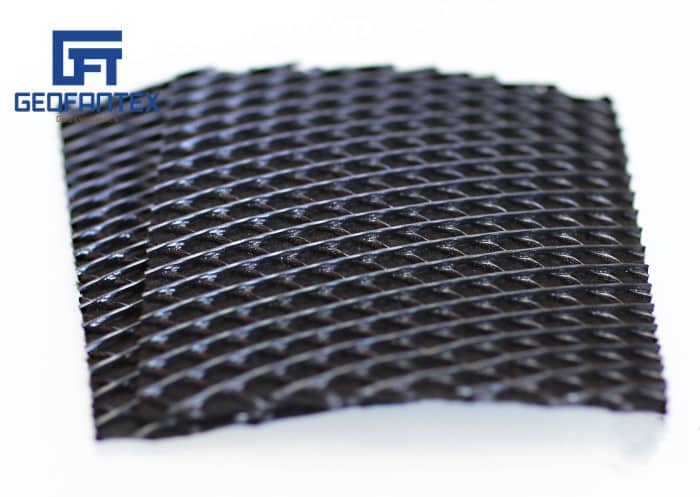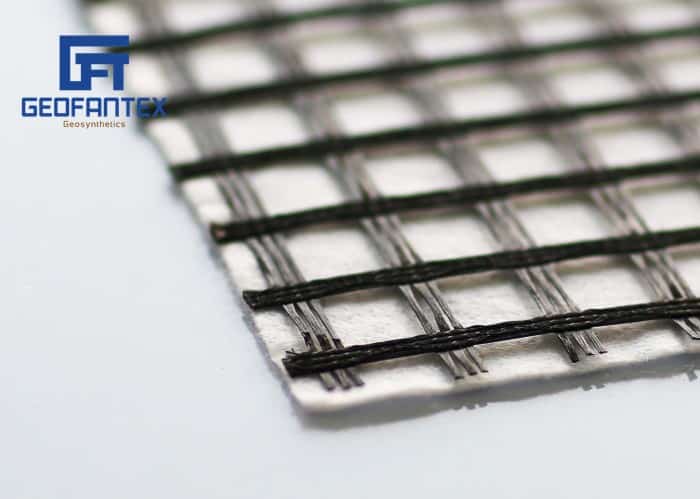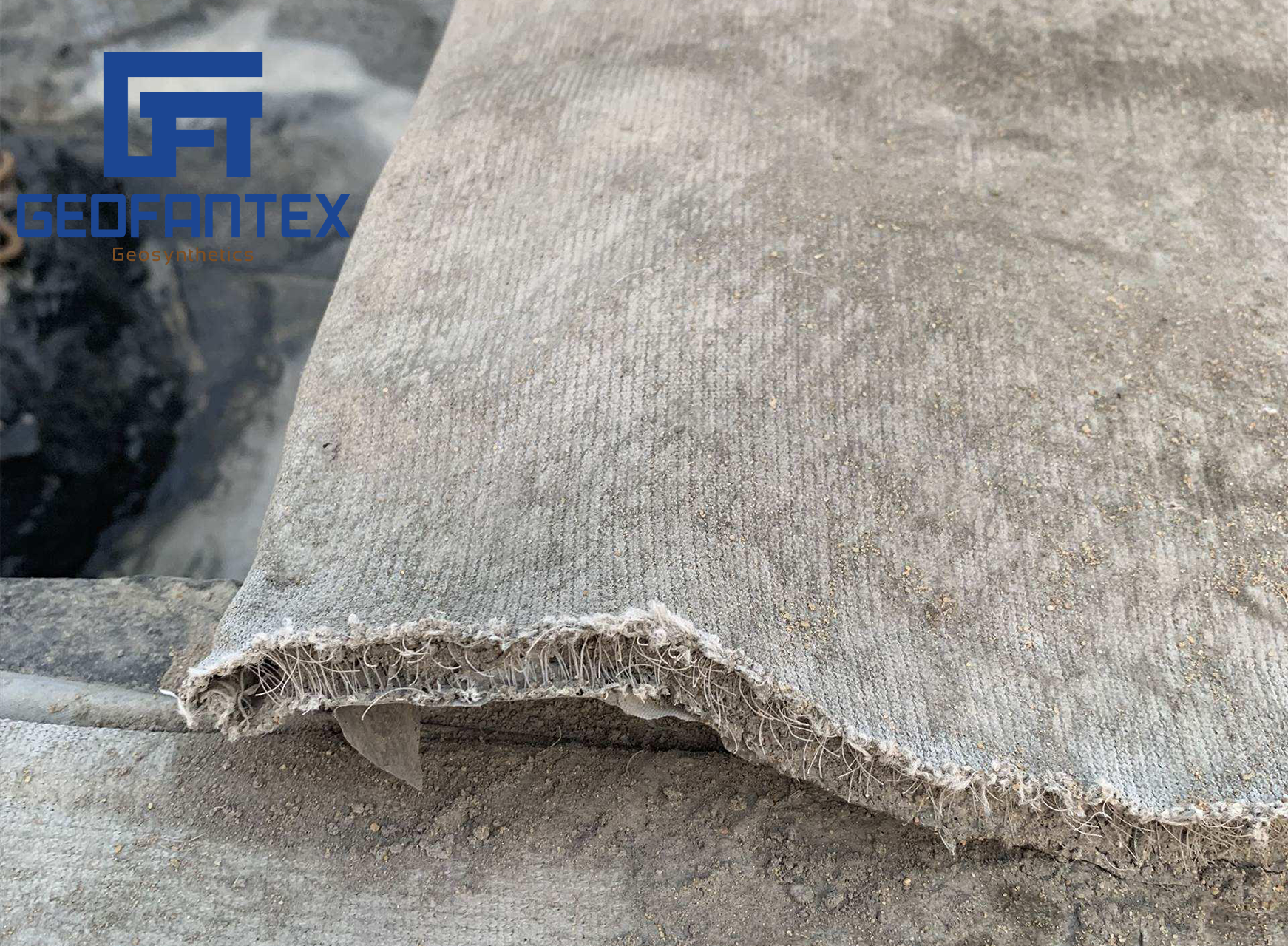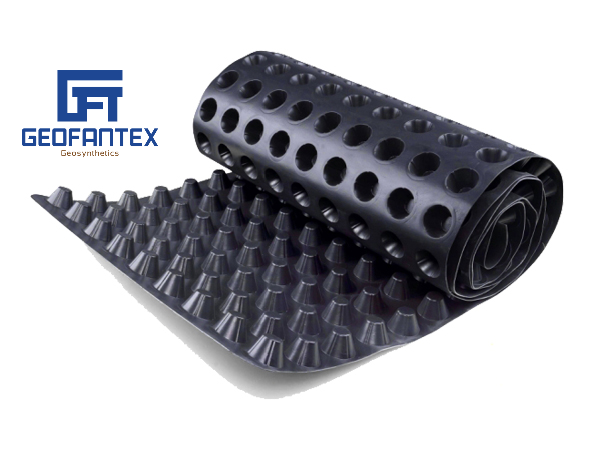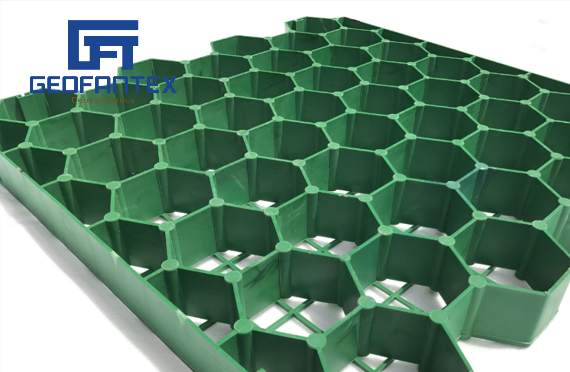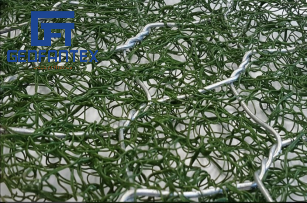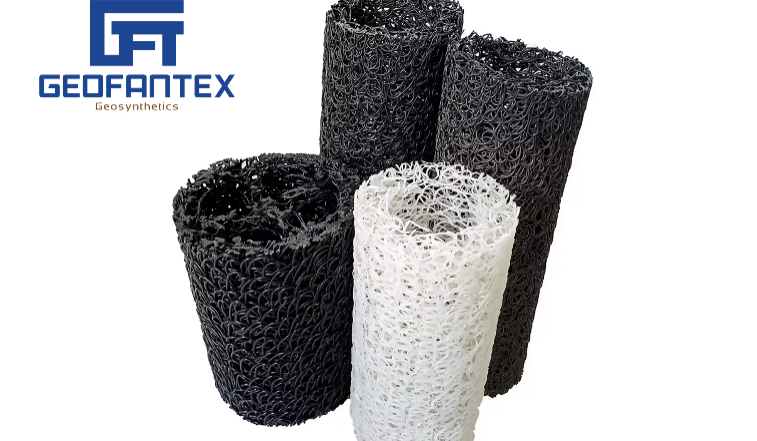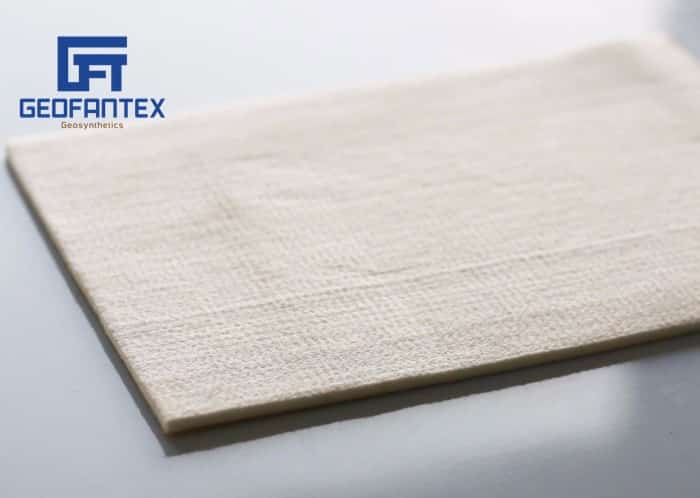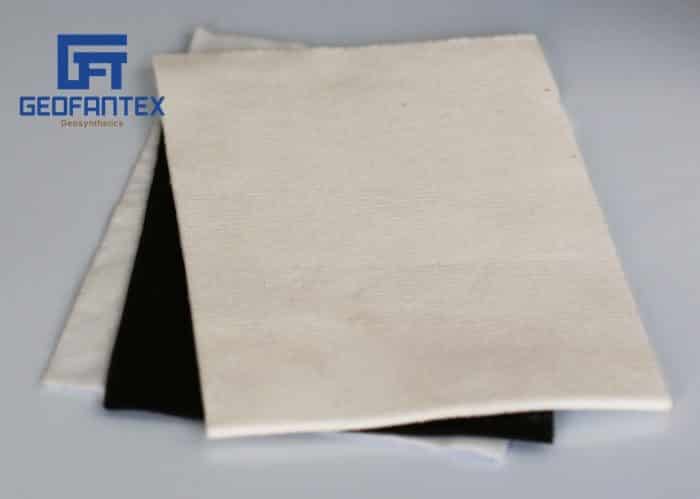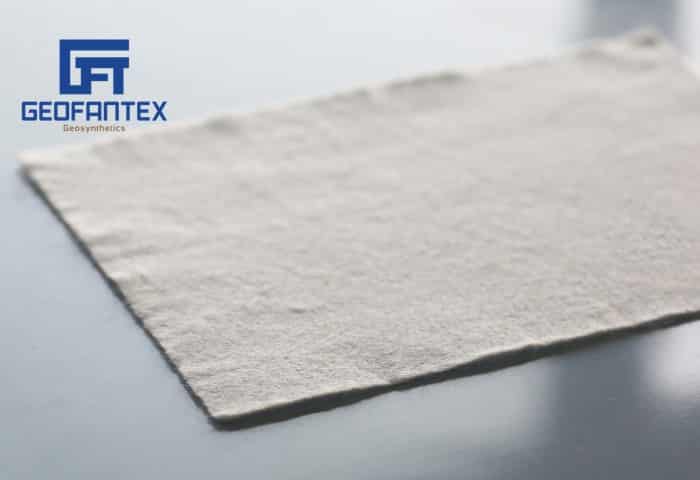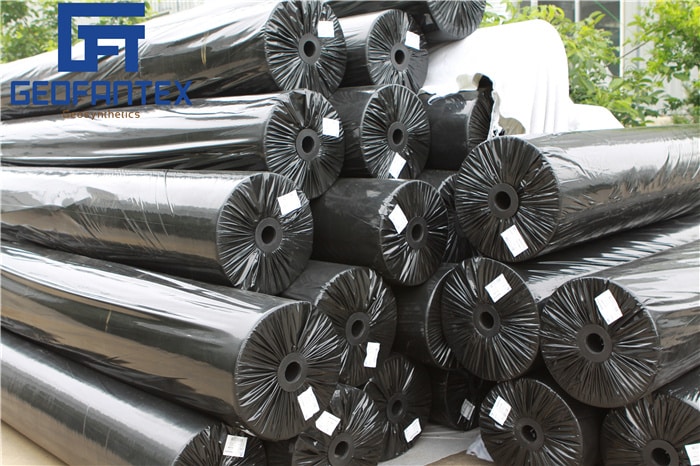+86-159 9860 6917
info@geofantex.com
geofantex@gmail.com
+86-400-8266163-44899
A geosynthetic retaining walls is an innovative solution in civil engineering that offers numerous advantages over traditional retaining walls. It is a wall that uses geosynthetic materials like geotextiles and geogrids to reinforce soil and support lateral loads, providing enhanced stability and durability. In this article, we will explore the benefits, challenges, and best practices related to geosynthetic retaining walls while answering key questions that can help you make informed decisions.
What is a Geosynthetic Retaining Walls and How Does it Work?
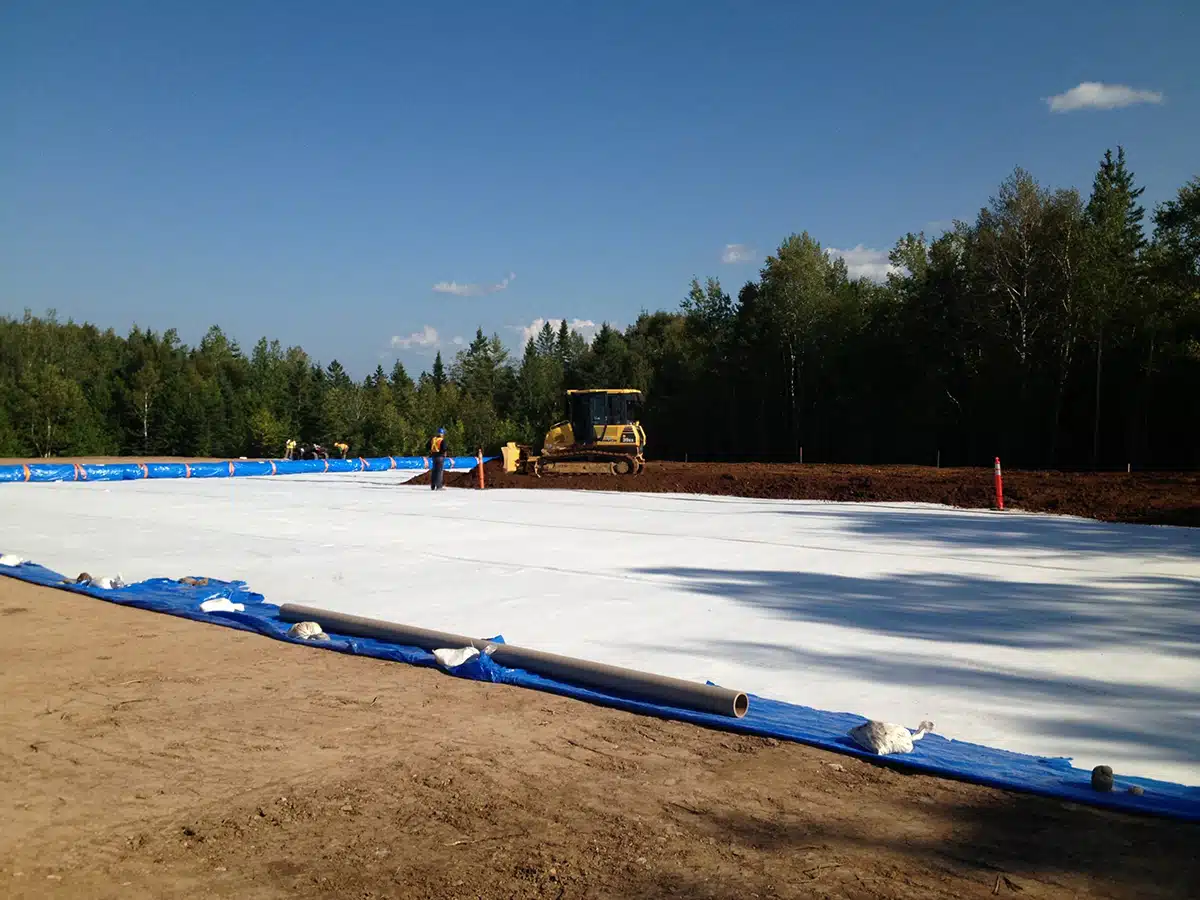
A Geosynthetic Retaining Wall (GRW) is a type of engineered structure used to retain soil or other materials on steep slopes or in areas where the soil is unstable. It incorporates geosynthetics—such as geotextiles, geogrids, and geomembranes—into the construction of the wall to provide strength, stability, and flexibility.
How It Works:
- Geosynthetic Reinforcement: Layers of geosynthetics, like geogrids, are embedded within the soil behind the retaining wall. These materials help distribute the forces acting on the wall, providing stability by reinforcing the soil mass and preventing movement or failure.
- Soil Anchorage: The geosynthetics act as anchors, holding the soil in place and preventing sliding, settlement, or overturning of the wall. The geosynthetic materials tie the wall to the soil, increasing the overall strength of the structure.
- Drainage: Geosynthetics can also help with drainage by allowing water to flow through the soil while preventing the buildup of excessive water pressure behind the wall. Proper drainage reduces the risk of wall failure due to hydrostatic pressure.
- Flexibility: Unlike traditional concrete or masonry walls, geosynthetic retaining walls are flexible and adaptable to various soil conditions. They can handle differential settlements without cracking or breaking, making them suitable for a wide range of environments.
Benefits:
- Cost-Effective: They are often cheaper and faster to construct than traditional retaining walls.
- Durable: Geosynthetics are resistant to environmental factors like UV exposure and moisture, ensuring a long lifespan.
- Environmental Benefits: These walls are more eco-friendly, as they use fewer natural resources and can be integrated with vegetation to improve aesthetics and erosion control.
Overall, geosynthetic retaining walls are efficient, durable, and cost-effective solutions for managing soil and preventing erosion in challenging terrain.
What Are the Advantages of Using Geosynthetics for Retaining Walls?
The benefits of incorporating geosynthetic retaining walls include increased sustainability, cost-efficiency, and versatility. The geosynthetic materials allow for faster construction with less environmental impact, while their ability to resist water infiltration reduces the risk of soil erosion. Additionally, geosynthetics can be used in a variety of soil conditions, making them ideal for challenging terrains or environmentally sensitive areas.
Are Geosynthetic Retaining Walls Suitable for All Types of Projects?
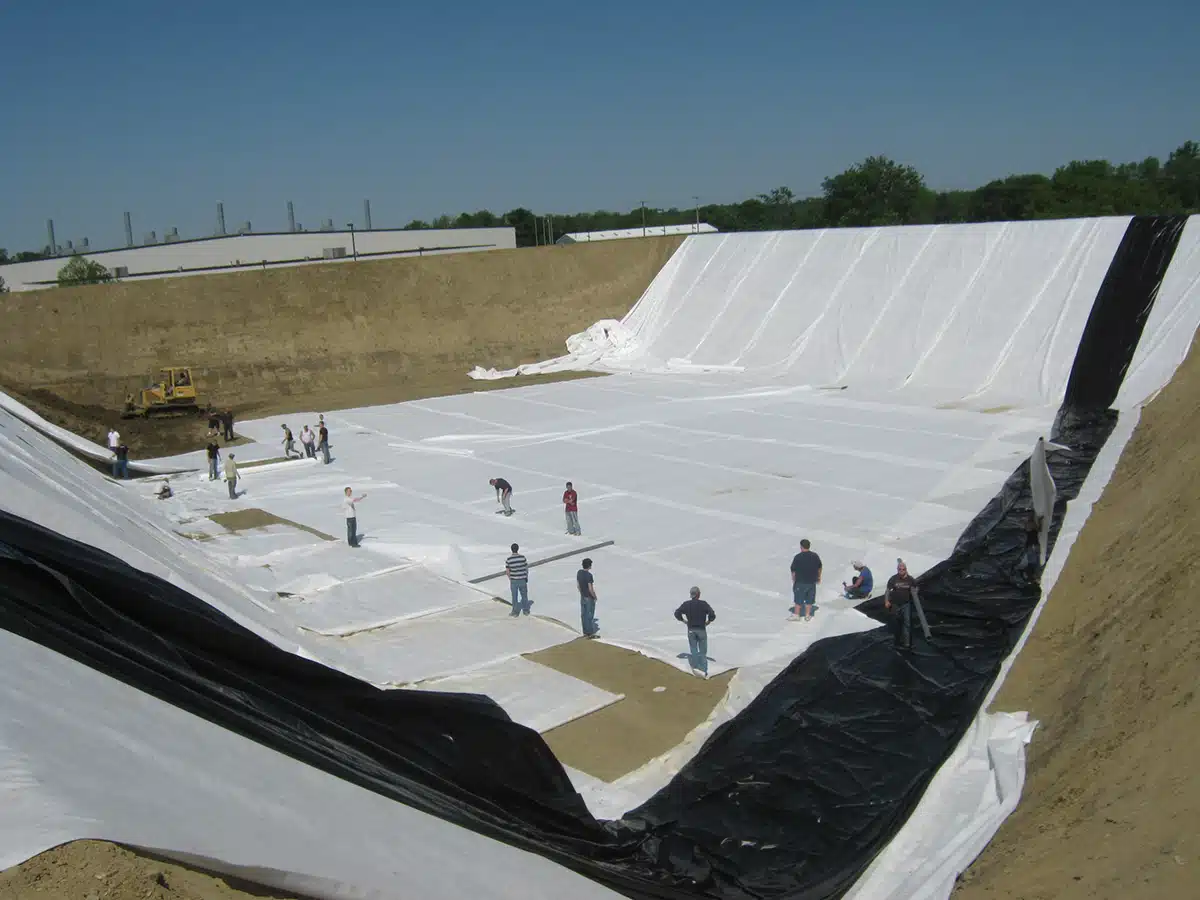
While geosynthetic retaining walls offer several advantages, they may not be suitable for every project. For example, in areas where there are extreme soil pressures or seismic activities, a more traditional, reinforced concrete wall might be necessary. It’s important to assess the specific site conditions and consult with an engineering expert to determine if a geosynthetic solution will meet your project’s needs.
What are the Maintenance and Longevity Expectations for Geosynthetic Retaining Walls?
One of the most attractive features of geosynthetic retaining walls is their low maintenance requirements. These walls are durable, and the materials used are designed to withstand harsh environmental conditions, including freeze-thaw cycles, UV exposure, and heavy rainfall. Properly installed, these walls can last for decades with minimal maintenance, making them a long-term solution for many projects.
This structure ensures the article is keyword-rich, answers common questions regarding geosynthetic retaining walls, and maintains an SEO-optimized flow with natural keyword placement.

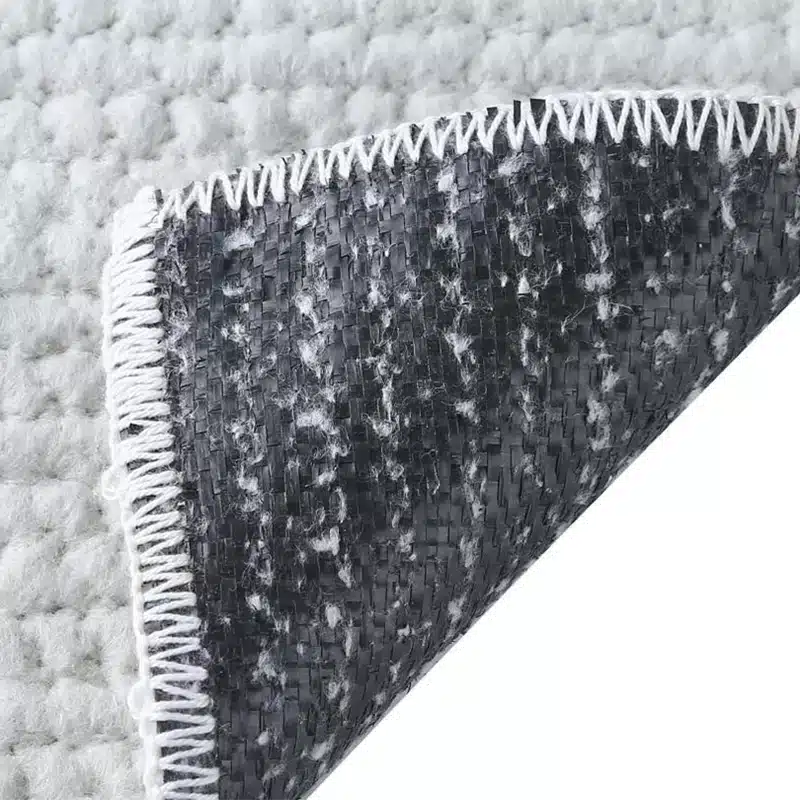
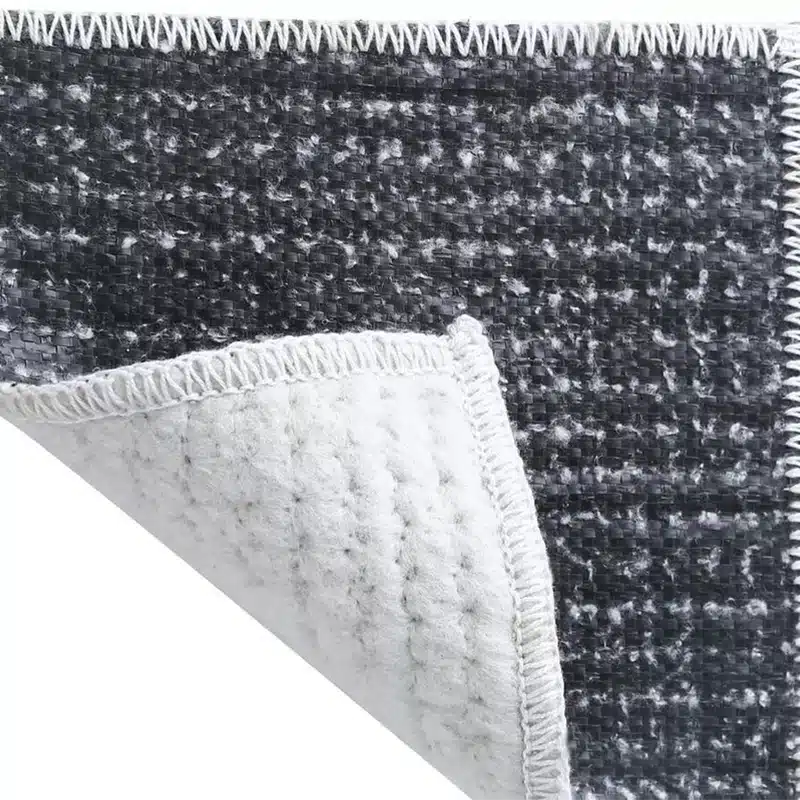
Get Free Sample
We’ll respond as soon as possible(within 12 hours)


